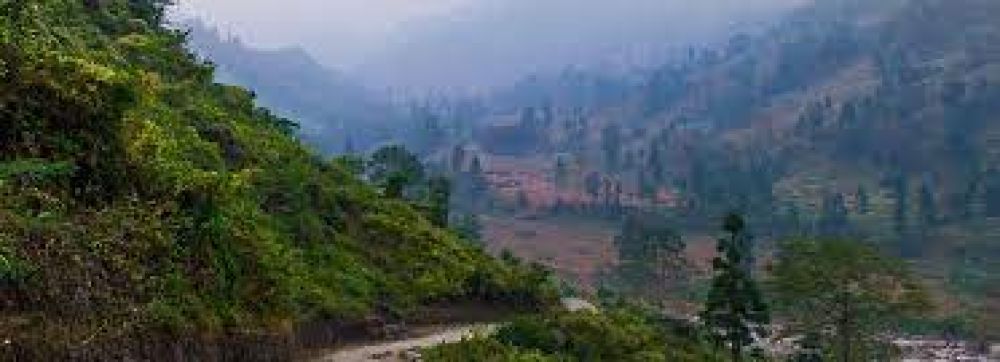

The quaint village of Samsing, located in the Jalpaiguri district of West Bengal, has slowly emerged as a serene getaway for tourists seeking solace in the lap of nature. Surrounded by lush green tea gardens, dense forests, and crisscrossed by small streams, the history of tourism in Samsing is relatively recent when compared to more established destinations in West Bengal.
It was not until the late 20th century that Samsing started gaining attention as a potential tourist spot. The local communities, primarily comprising of tea garden workers and small farmers, lead a simple life that stood in stark contrast to a rapidly modernizing India. As eco-tourism began gaining traction in the late 1990s, travelers started exploring offbeat locations, leading to the discovery of places such as Samsing.
Recognizing the ecological significance of the region, which is home to diverse flora and fauna, conservation efforts were put into place not only to preserve the natural beauty but also to encourage responsible tourism. Samsing's close proximity to the Neora Valley National Park—a biodiversity hotspot—has made it an appealing destination for nature enthusiasts and bird watchers.
The local community, with support from government initiatives, soon began to develop basic tourism infrastructures such as homestays, restaurants, and guided tours. This community-based approach has enabled tourists to experience the local culture intimately while ensuring that the benefits of tourism help in the socio-economic development of the region. Cultural exchanges between the visitors and the locals are at the heart of Samsing's tourism model.
As of recent trends, Samsing has been attracting tourists who are looking for destinations that are not only picturesque but also offer peaceful and unexploited environments. Agrotourism has become popular, with visitors showing keen interest in understanding and experiencing tea cultivation and the daily lives of tea garden workers.
Adventure tourism is another trend catching on, with activities like trekking and camping being promoted in and around Samsing. The unique terrain offers a mix of low-altitude hikes as well as more challenging treks into the Neora Valley National Park.
The local administration is also promoting ecotourism initiatives that encourage sustainable and environmentally friendly tourism practices. Bird-watching, butterfly and floral tours, and guided walks to understand the diverse ecosystem are becoming increasingly popular.
Overall, Samsing is a blossoming example of how remote and lesser-known destinations, through effective community engagement and sustainable practices, can carve a niche in the travel industry. Combining the allures of nature with the warmth of the local culture, Samsing is on its way to becoming a model for responsible tourism in India.